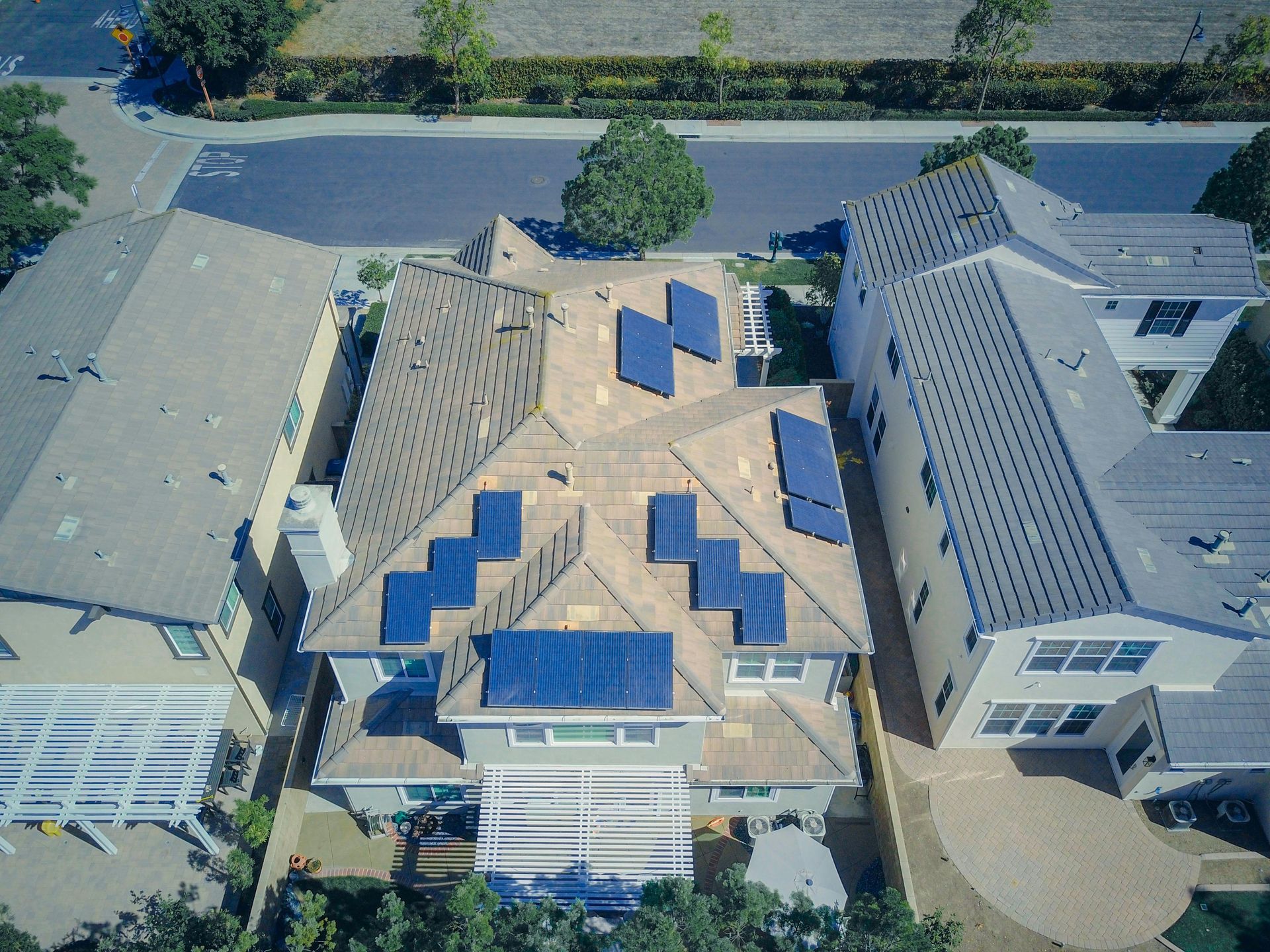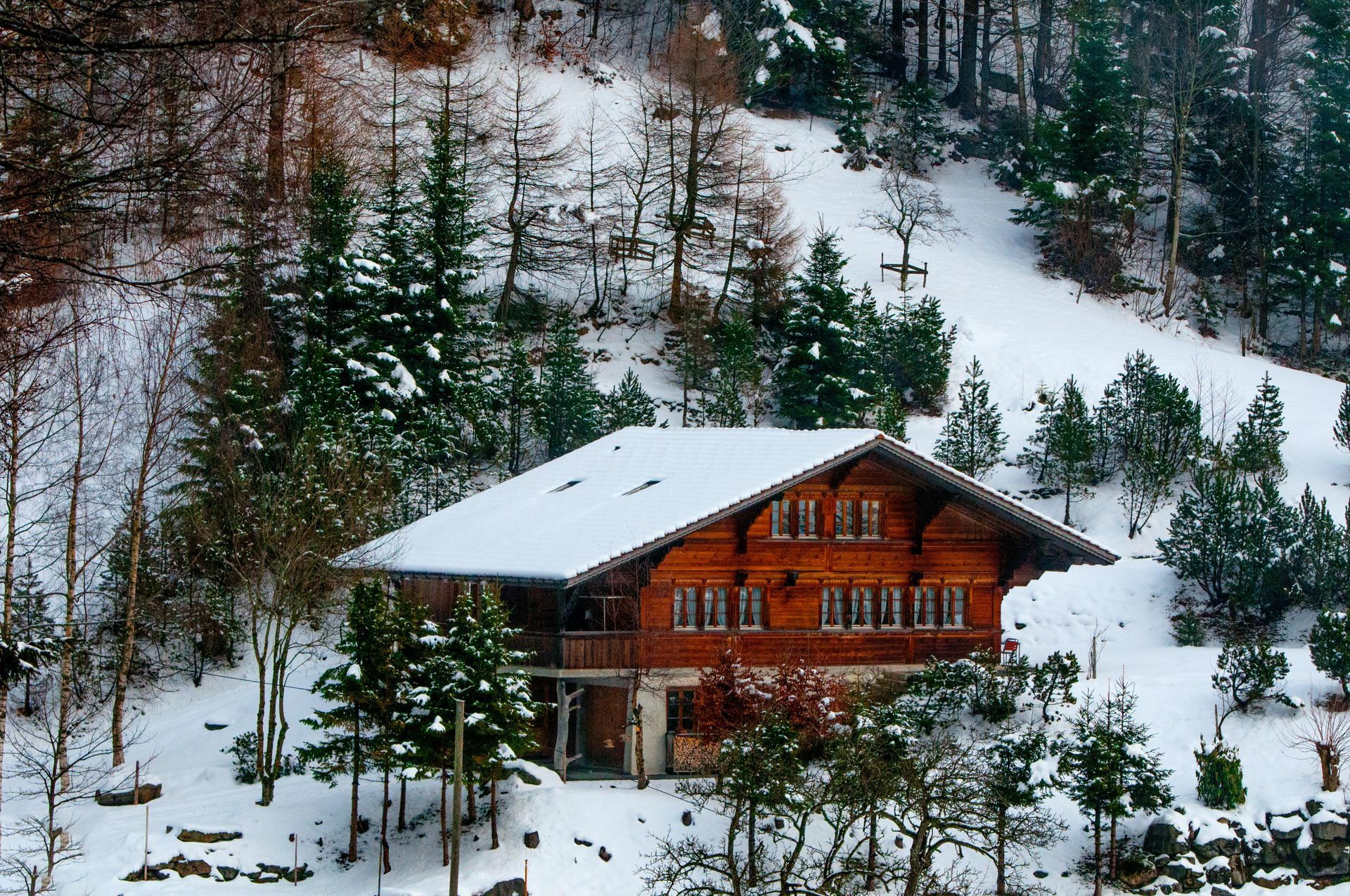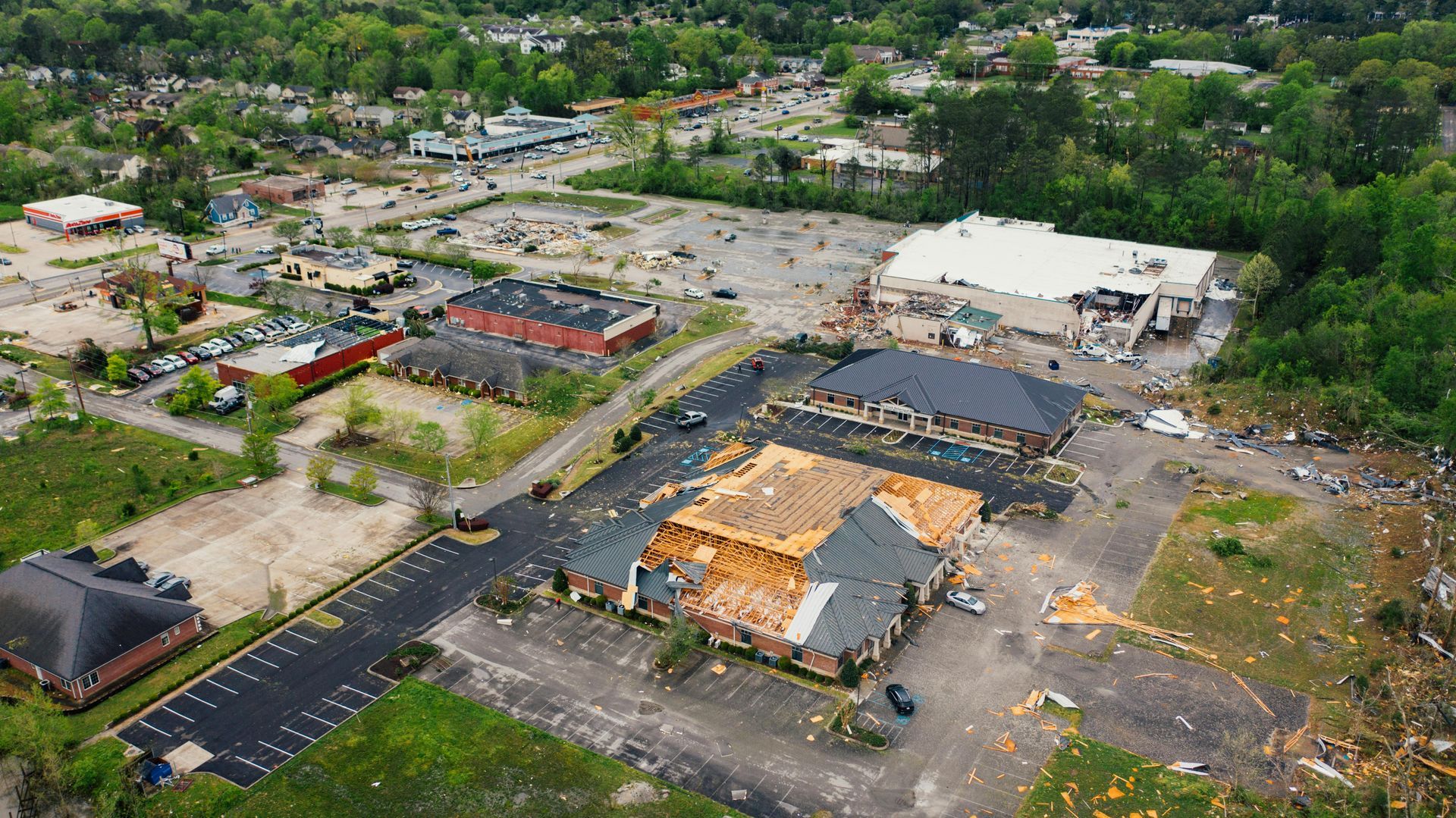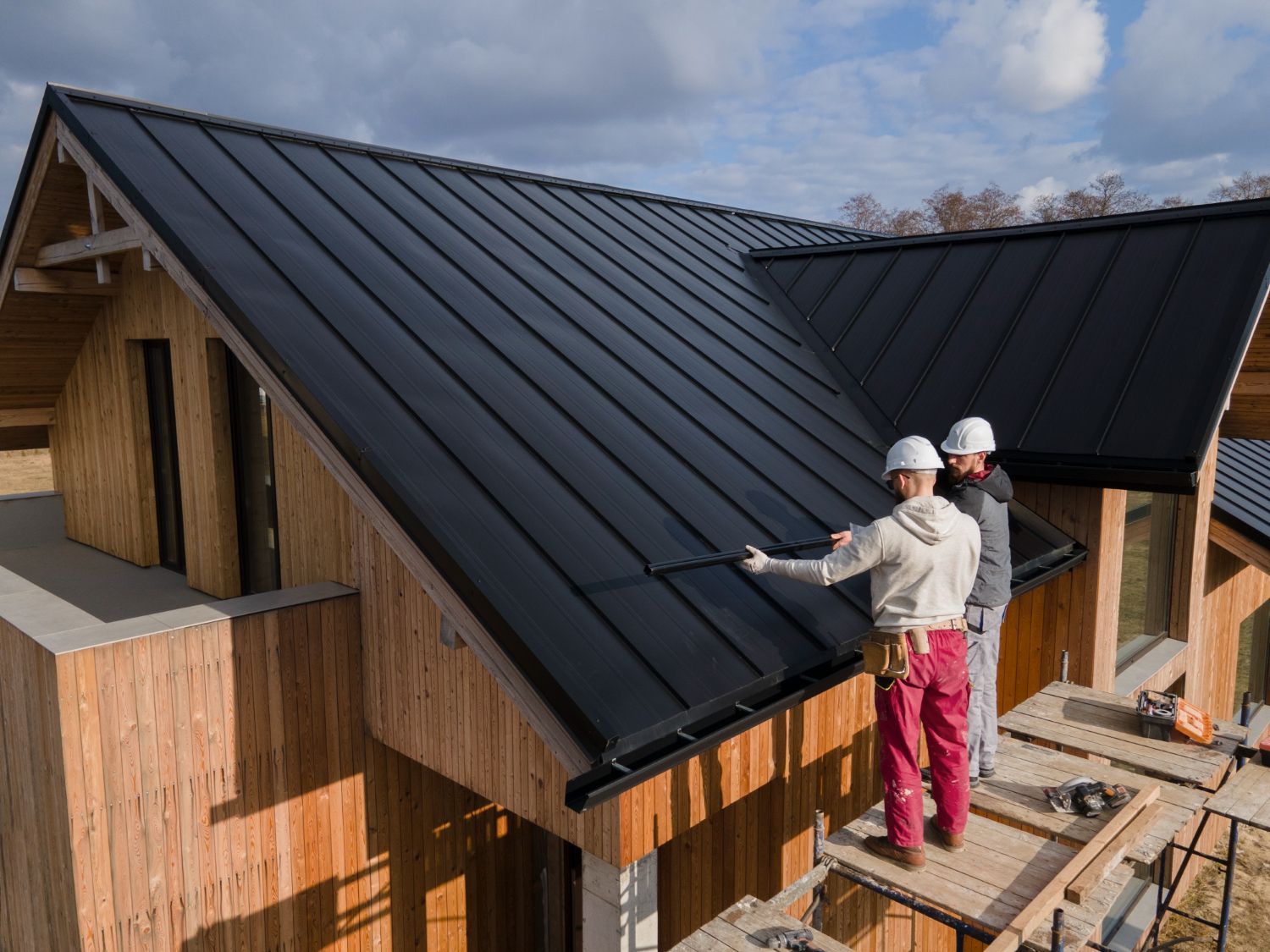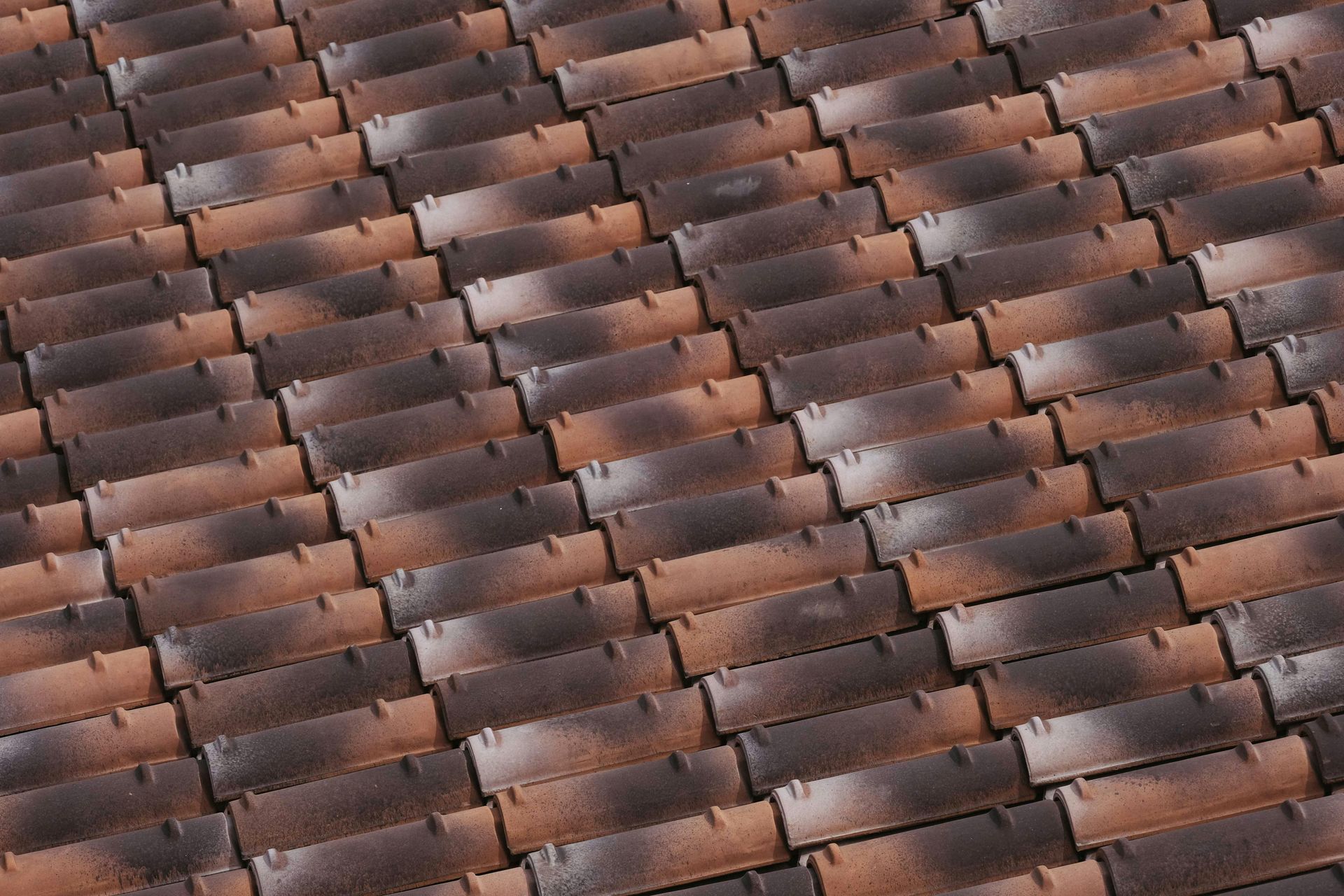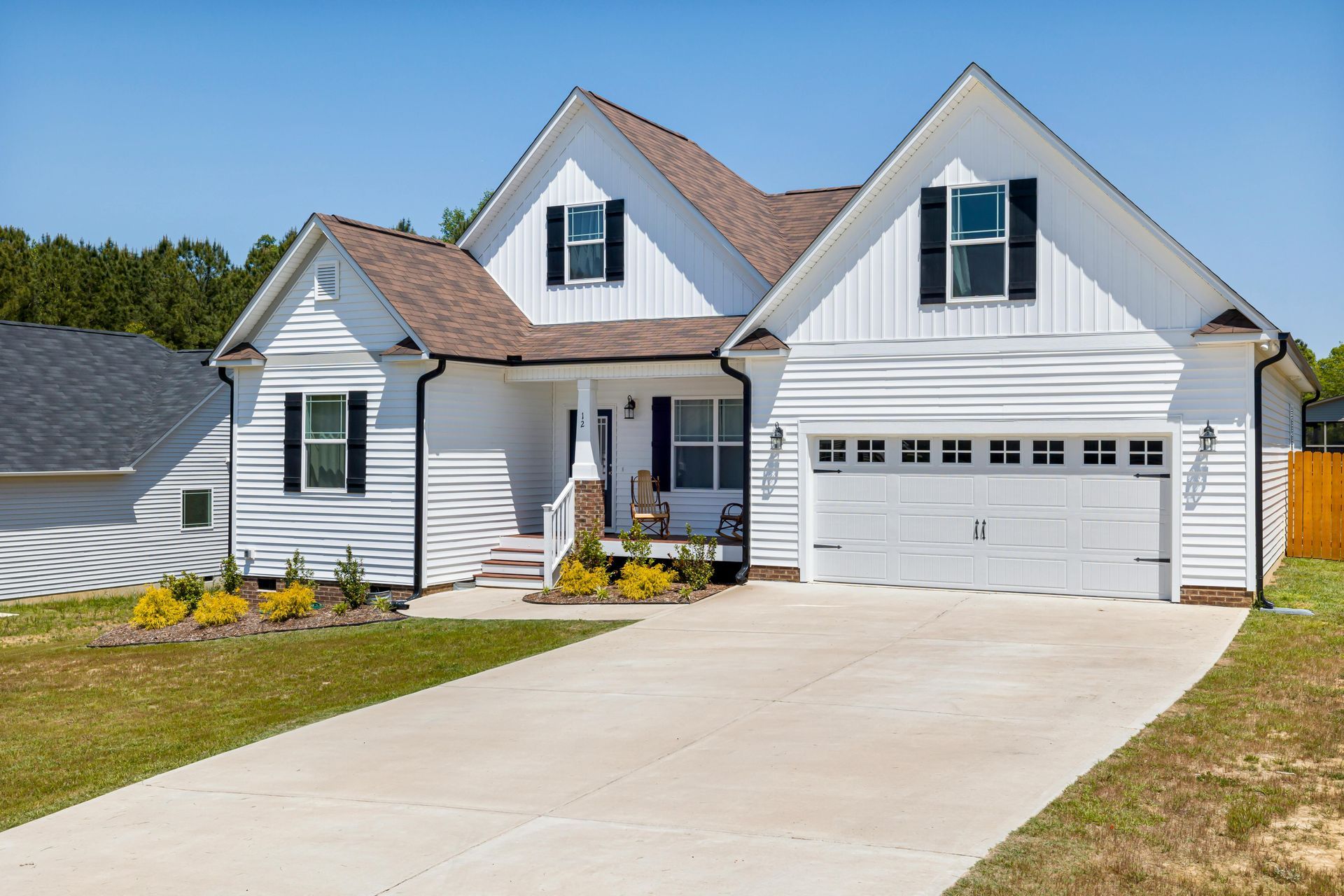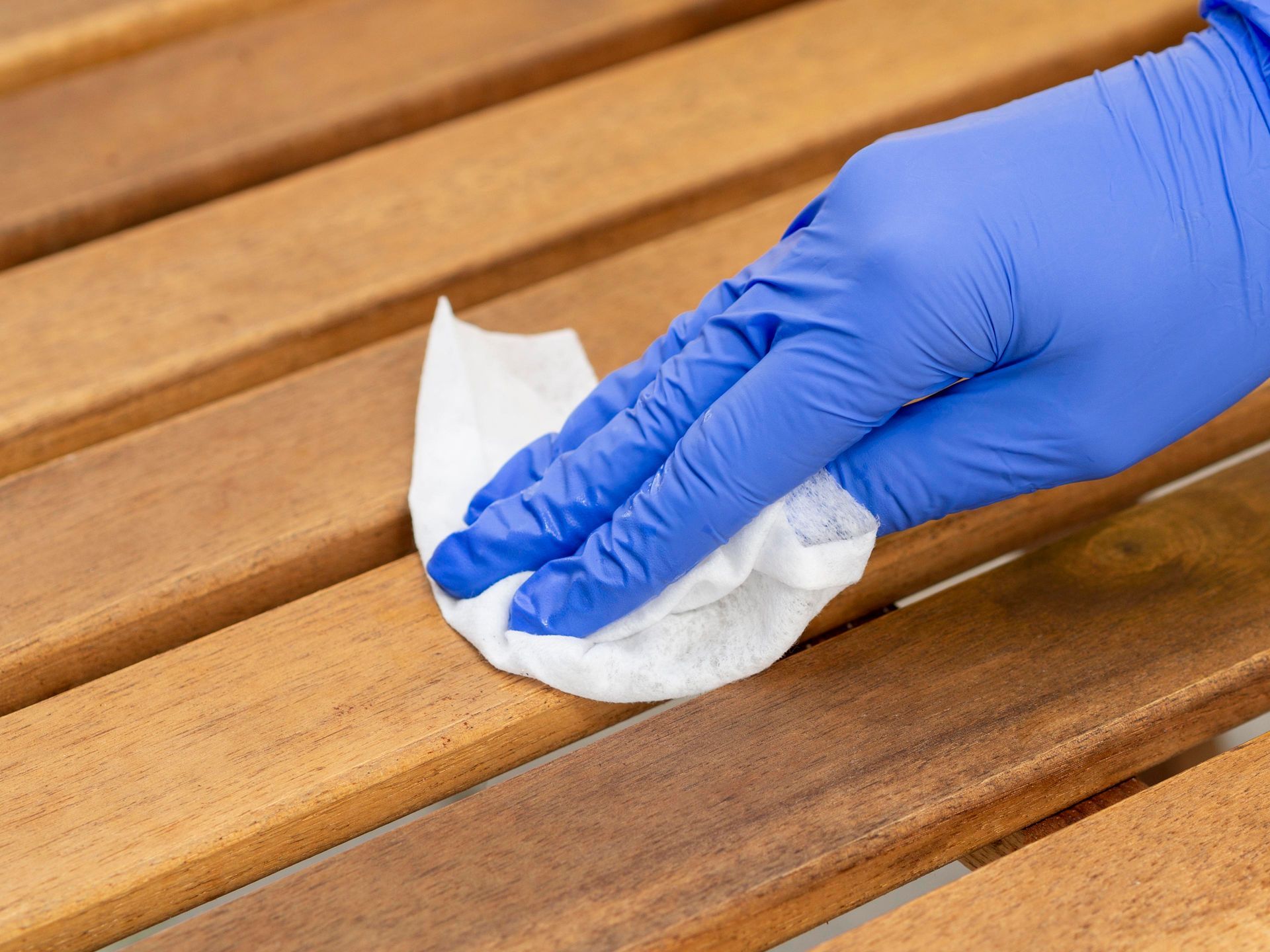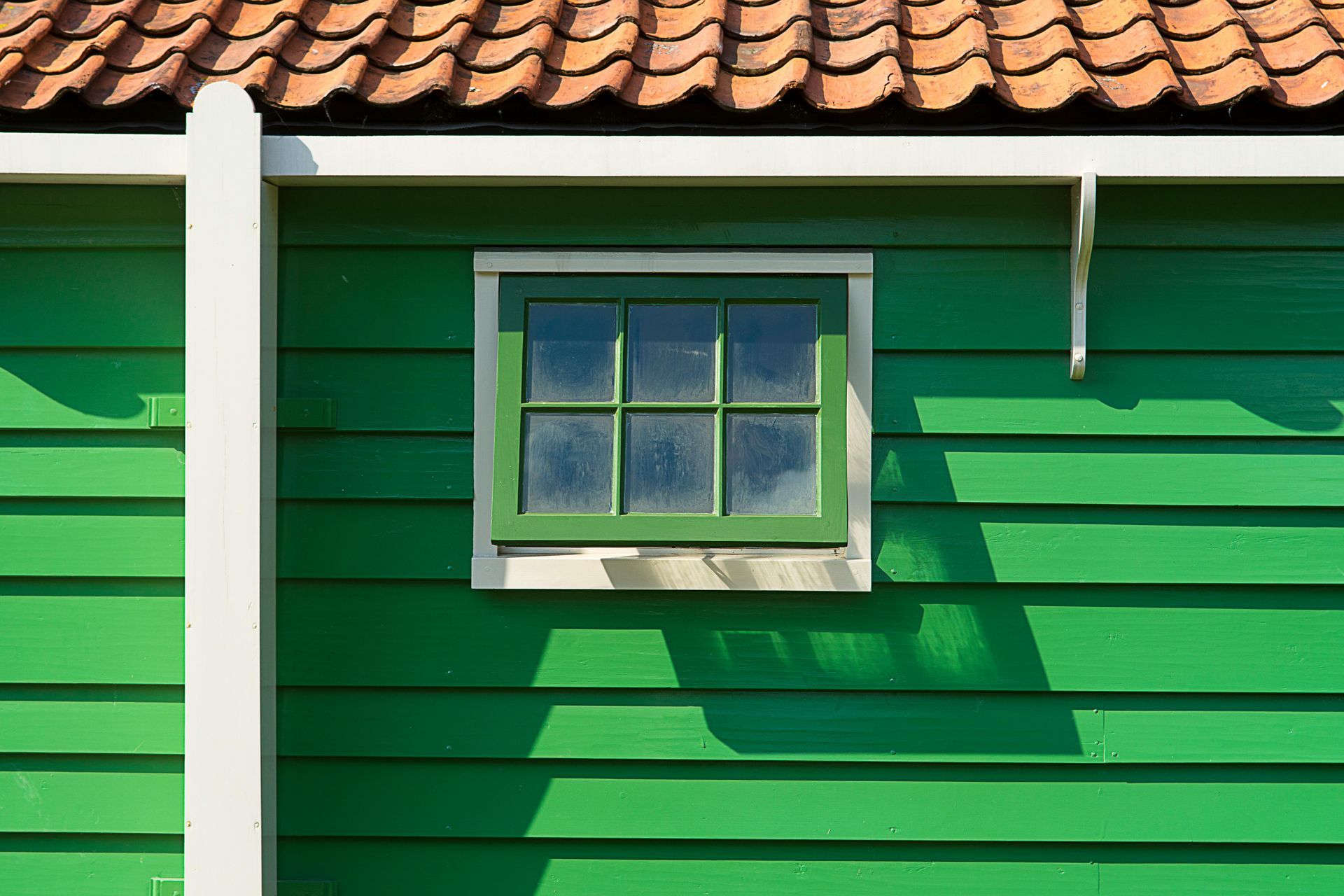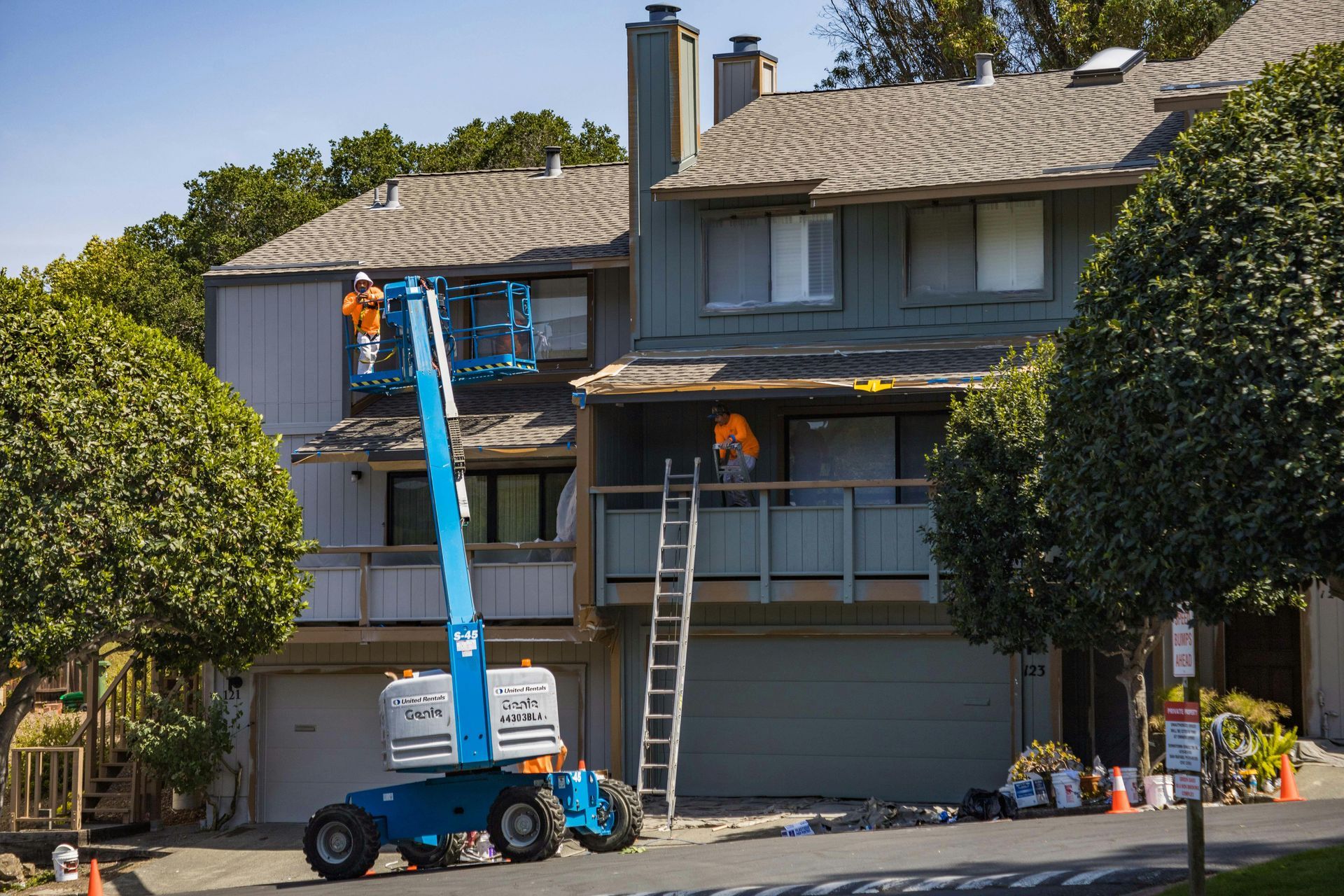Are Roof Solar Panels a Good Idea in Ohio? What Homeowners Should Know
If you're asking yourself,
"are roof solar panels a good idea in Ohio?", you're not alone. With energy costs rising and more Ohio homeowners looking for ways to boost efficiency and add value to their properties, solar power is becoming a popular option.
The short answer? Roof solar panels can be a smart investment in Ohio—but there are important factors to consider, especially when it comes to the condition and age of your roof.
Let’s break down the pros, cons, and key things to know before making the decision to go solar in Ohio.
How Solar Panels Work with Your Roof
At their core, solar panels capture sunlight and turn it into electricity through what’s called photovoltaic (PV) cells. These panels are usually mounted on your roof, where they can get the most sun exposure.
In Ohio, most homeowners install monocrystalline or polycrystalline panels — both solid options depending on your energy needs, budget, and how your roof is built.
Is Ohio a Good Place for Solar Power?
Believe it or not, Ohio is a better state for solar than most people think. While we might not get the endless sun of places like Arizona or Florida, Ohio averages around 4 to 5 peak sun hours a day, enough to make solar power worthwhile.
What really tips the scale, though, are the financial incentives:
- Federal Solar Tax Credit (currently worth 30% off your system cost)
- State and utility company rebates
- Net metering programs that can pay you back for extra energy you generate
When you put those benefits together, solar panels can pay for themselves a lot faster than you might expect — especially if your home’s energy use is on the higher side.
Why More Homeowners Are Choosing Solar in Ohio
There are some real advantages to going solar around here:
- Lower monthly energy bills (a huge plus with Ohio’s seasonal heating and cooling needs)
- Boosted home value — solar is a smart selling point if you plan to move someday
- Tax incentives that help cover upfront costs
- Eco-friendly energy that reduces your carbon footprint
- Potential energy credits through net metering
The bottom line: if you stay in your home long enough, the savings can be significant — and you’ll be a little less tied to rising electric rates.
Things to Think About Before Installing Solar
That said, solar isn’t a slam dunk for every homeowner.
Here’s what you’ll want to factor into your decision:
- Initial Costs: Even with incentives, installing a system requires a real investment.
- Roof Condition: Solar makes the most sense if your roof is newer or in good shape.
- Winter Weather:
Heavy snow can temporarily block panels, though most modern systems are built to handle it.
- Roof Material: Asphalt shingles and metal are ideal; tile or wood shake can be trickier.
- Local Rules: Depending on where you live, you may need HOA approvals or special permits.
Taking these into account upfront can save you a lot of hassle (and money) later.
How Solar Panels Affect Your Roof
This is one area where it really pays to be cautious.
Solar panels add weight and require holes drilled into your roofing structure — which can cause leaks if not done properly. Some roof warranties even get complicated once solar is installed.
That’s why it’s crucial to have your roof inspected first — and to work with companies who know how to install solar without putting your home at risk. Cutting corners here is never worth it.
Should You Replace Your Roof First?
If your roof is more than 15–20 years old or has visible wear (missing shingles, sagging areas, etc.), replacing it before adding solar panels is a smart move.
Solar panels are meant to last
25–30 years — so ideally, your roof should be able to hold up just as long.
Otherwise, you could end up paying extra to remove and reinstall your panels down the road when the roof needs work. At Price Brothers Restoration, we often coordinate roofing upgrades with solar projects to help homeowners save time and money in the long run.
Best Roofing Materials for Solar Panels in Ohio
Not all roofing materials are created equal when it comes to solar. Here's a quick breakdown:
- Asphalt Shingles: Hands-down the easiest and most affordable for solar installations.
- Standing Seam Metal Roofs: Great option — solar brackets attach without drilling through the roof.
- Tile Roofs: Doable, but may require extra labor and custom mounting hardware.
- Flat Roofs: Possible, but often need special angled racking systems.
If you're already considering a new roof, it might be worth choosing a material that pairs well with solar panels to make the most of your investment.
Choosing the Right Contractor for Roofing and Solar
Roof solar installations require a real team effort.
Even if your solar company handles the panels, your roofer plays a major role in making sure your roof stays leak-free and structurally sound for decades to come.
At Price Brothers Restoration, we work directly with homeowners and their solar providers to inspect, repair, or replace roofing systems in Columbus before the panels go up.
Making sure your roof is ready means your solar system — and your investment — will be protected for the long haul.
Common Questions About Roof Solar Panels in Ohio
How long do solar panels typically last?
Most panels perform well for 25–30 years, often with only minor maintenance.
Will installing solar void my roof warranty?
It depends. Some warranties are voided if panels are installed incorrectly. That’s why partnering with a roofing pro is critical.
Can I remove the panels if I replace my roof later?
Yes, but it can be expensive. Planning ahead by replacing your roof first can help you avoid this issue.
Do solar panels need a lot of maintenance?
Not much — usually just periodic cleaning and occasional inspections to ensure everything is working properly.
Final Thoughts: Are Roof Solar Panels a Good Idea in Ohio?
For many Ohio homeowners, the answer is yes — but it’s not a one-size-fits-all decision.
Solar panels offer real savings and environmental benefits, but they depend on having a strong, healthy roof underneath them.
If you’re serious about solar, your first step should be a
professional roofing inspection. Price Brothers Restoration can help you get your roof solar-ready and guide you through what makes the most sense for your home, your energy needs, and your future plans.
Contact us today for more info.

